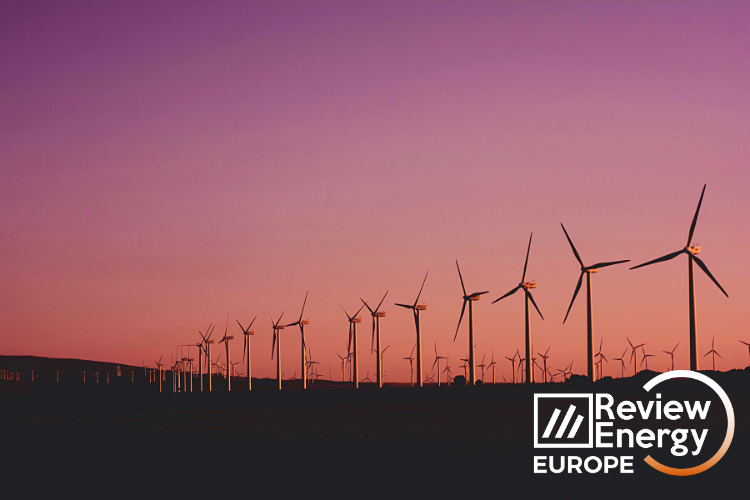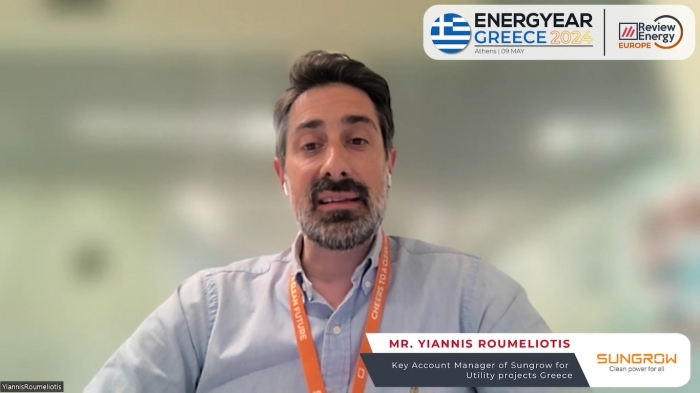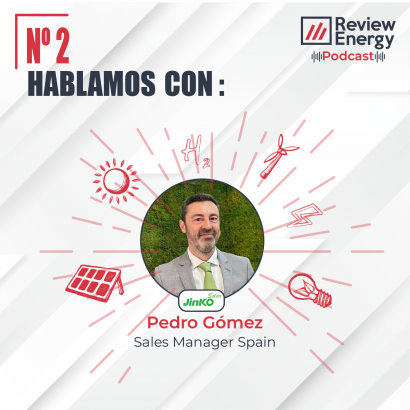
Repowering will be key for Europe to double its wind energy capacity by 2030
Europe needs to double its wind energy capacity by 2030 to meet its climate and energy security goals. And repowering should play a big role in that. But various constraints mean it’s not always feasible. According to new WindEurope data, over 13 GW of existing wind capacity will be decommissioned between now and 2030 – but only 9 GW of repowered capacity will be installed. Governments need to incentivise repowering by simplifying the rules for it and speeding up permitting. New EU laws say repowering projects should get their permits decided in 6 months.
Onshore wind farms normally last at least 20-25 years. When a wind farm reaches the end of its life, you’ve got various options. You can extend its lifetime by doing repairs and minor upgrades on the turbines. You can completely decommission it by taking down the old turbines and restore the site to its previous state. Or you can repower it – replacing the old turbines with new, more efficient ones.
According to WindEurope, repowering has many benefits: it nearly triples the electricity output of a wind farm while reducing the number of turbines by a quarter, all on the same site. Older wind farms are usually on the best locations, but have the least efficient wind turbines. It makes sense to give them more powerful turbines. Repowering also allows local communities to keep enjoying the benefits of their wind farm such as local taxes and community projects.
In addition, it is important to focus also on the sustainability and circularity aspects of wind energy. 85-90% of a wind turbine is already recyclable. Blades are more challenging because of the composite materials they’re made of. In 2021 the wind industry called for a Europe-wide ban on landfilling wind turbine blades – and committed to re-use, recycle, or recover 100% of decommissioned blades. Wind turbine manufacturers have set targets for fully recyclable blades and developed blade recycling solutions.
Today it also send a lot of blade waste to cement co-processing – a solution that combines energy recovery and material recycling to produce greener cement. The cement industry and the producers and consumers of composite material have called for an EU to scale-up cement co-processing. Old blades can also be repurposed as urban furniture or even playgrounds for children.










Comentarios
Sé el primero en comentar...